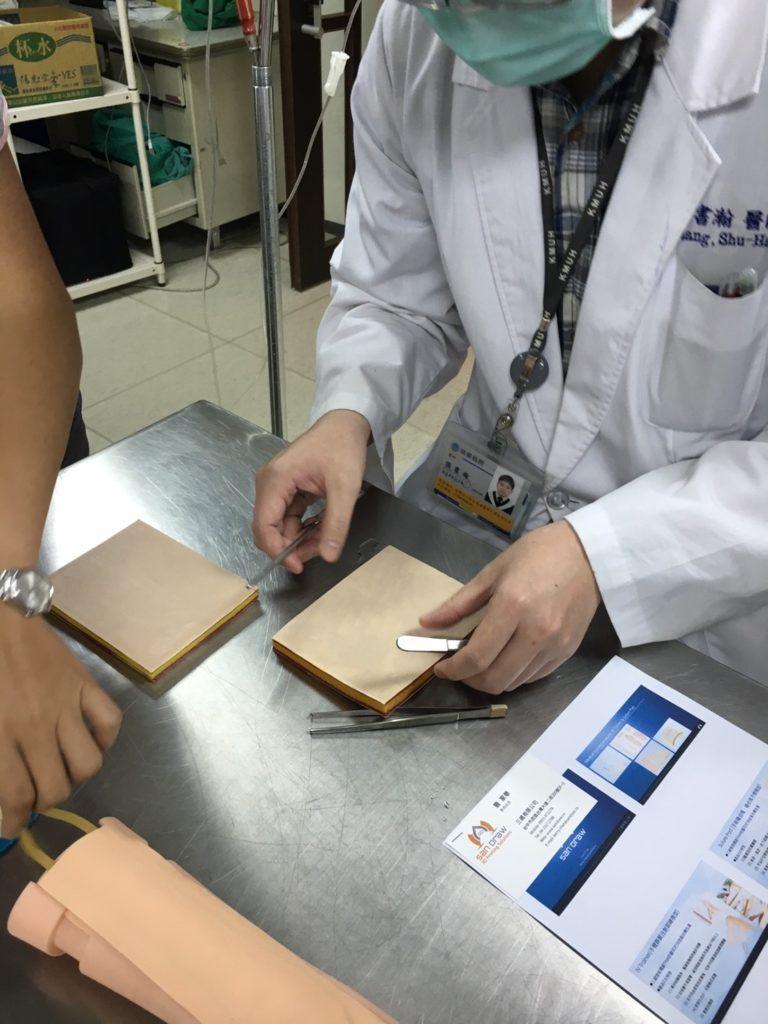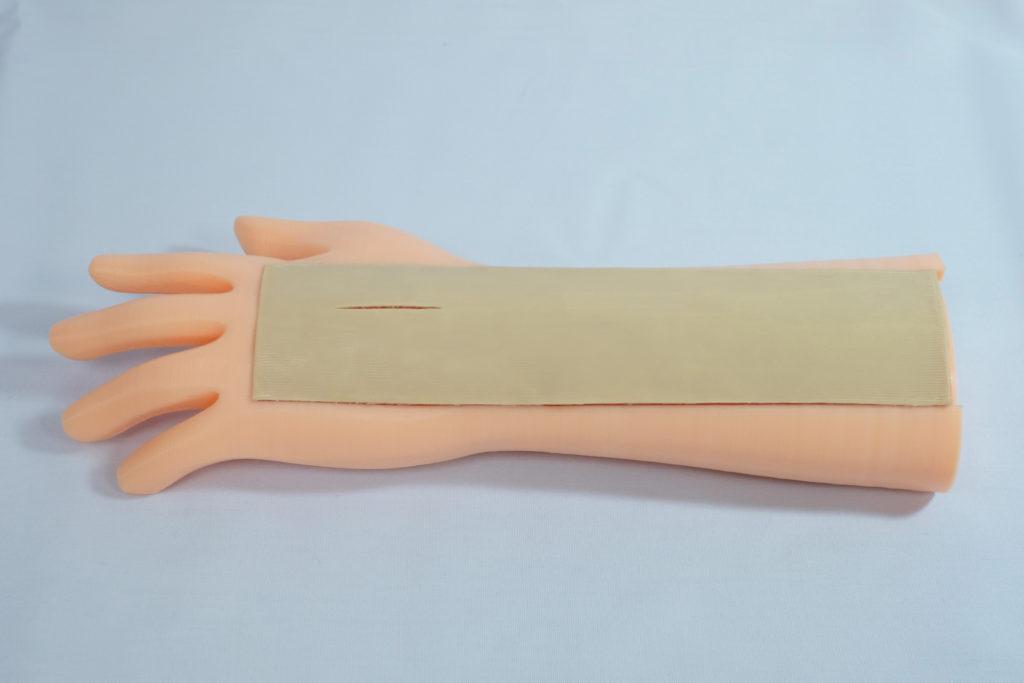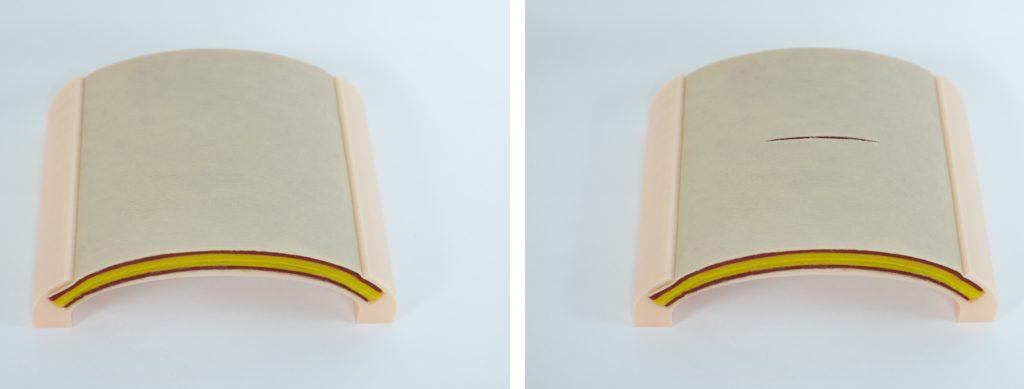 When 3D printing started appearing more frequently in the medical world, it was largely in the form of 3D printed organ models that allowed doctors and surgeons to plan out difficult surgeries before operating on the patient. As the technology has advanced, its applications in medicine began to develop further as well. Bioprinting may be the obvious example of how much 3D printing has changed the field, but there are plenty of other examples of how far medical 3D printing has come in a short amount of time.
When 3D printing started appearing more frequently in the medical world, it was largely in the form of 3D printed organ models that allowed doctors and surgeons to plan out difficult surgeries before operating on the patient. As the technology has advanced, its applications in medicine began to develop further as well. Bioprinting may be the obvious example of how much 3D printing has changed the field, but there are plenty of other examples of how far medical 3D printing has come in a short amount of time.
3D printing for training purposes alone has advanced greatly from where it started not long ago. As printing materials become more sophisticated and diverse, training models are becoming closer to the look and feel of an actual human body, which is invaluable as a way for medical students for to practice common procedures in a realistic way without having to risk making errors on a real person. For example, San Draw Medical, which has been making a name for itself with its specialized silicone 3D printing technology, recently released a realistic-feeling 3D printed arm model so that students could practice giving injections, and now the company has followed up with a new product for suture training.
According to San Draw, while suturing is one of the most common medical procedures, the current training models fall short of simulating the anatomy and feel of a real human. To improve suture training models, San Draw worked with several doctors in the US and Taiwan to develop 3D printed alternatives to current materials used in most medical schools.
What they came up with was an arm model 3D printed in PLA with an FDM printer, plus a replaceable skin pad created with San Draw’s silicone 3D printer. The skin pad can also be used on its own for different types and levels of suture training. According to a surgeon at Taichung Armed Forces General Hospital, the new product meets multiple critical training needs, such as mimicking the feel of suturing and ligation with realistic texture and tension feedback.
 One of the difficulties of creating synthetic skin that mimics real skin is that human skin is incredibly complex and made from multiple thin layers. San Draw’s product realistically simulates the hardness and density of the epidermis, dermis and hypodermis, and has the thickness necessary for both shallow and deep sutures.
One of the difficulties of creating synthetic skin that mimics real skin is that human skin is incredibly complex and made from multiple thin layers. San Draw’s product realistically simulates the hardness and density of the epidermis, dermis and hypodermis, and has the thickness necessary for both shallow and deep sutures.
While sutures may be thought of, in the grand scheme, as a relatively minor medical procedure, they can turn into a major problem if not done well. Practice may make perfect, but when it comes to getting stitches, who really wants to be a practice subject? With the realistic structures and realistic feel of San Draw Medical’s simulation models, medical students can make sure they can perform common procedures professionally, expertly and without error before they ever have to operate on a real person.
San Draw Medical’s products have been implemented by several doctors and medical facilities in Asia, but the company is looking for additional business partners to help them reach more people. If you’re interested in partnering with them, you can contact them through their website. Discuss in the San Draw Medical forum at 3DPB.com.
Subscribe to Our Email Newsletter
Stay up-to-date on all the latest news from the 3D printing industry and receive information and offers from third party vendors.
Print Services
Upload your 3D Models and get them printed quickly and efficiently.
You May Also Like
Could 3D Printing for Biocomputing Make Wetware Aware?
As an AI arms race consumes ever more electricity, and every ChatGPT search query costs $0.36, the search for new ways of computing has intensified. One answer could be in better...
Bambu Lab Launches Software to Manage 3D Printer Fleets—No Cloud Needed
Bambu Lab has introduced a new software tool, Bambu Farm Manager, designed to help users manage large fleets of 3D printers over a local network, without relying on the cloud....
Consolidation in AM: How 2025 Is Shaping the Industry’s New Normal
The first half of 2025 has been marked by a clear shift in the additive manufacturing (AM) industry. Companies are no longer just focused on developing new tech by themselves....
3D Printing News Briefs, July 2, 2025: Copper Alloys, Defense Manufacturing, & More
We’re starting off with metals in today’s 3D Printing News Briefs, as Farsoon has unveiled a large-scale AM solution for copper alloys, and Meltio used its wire-laser metal solution to...



































